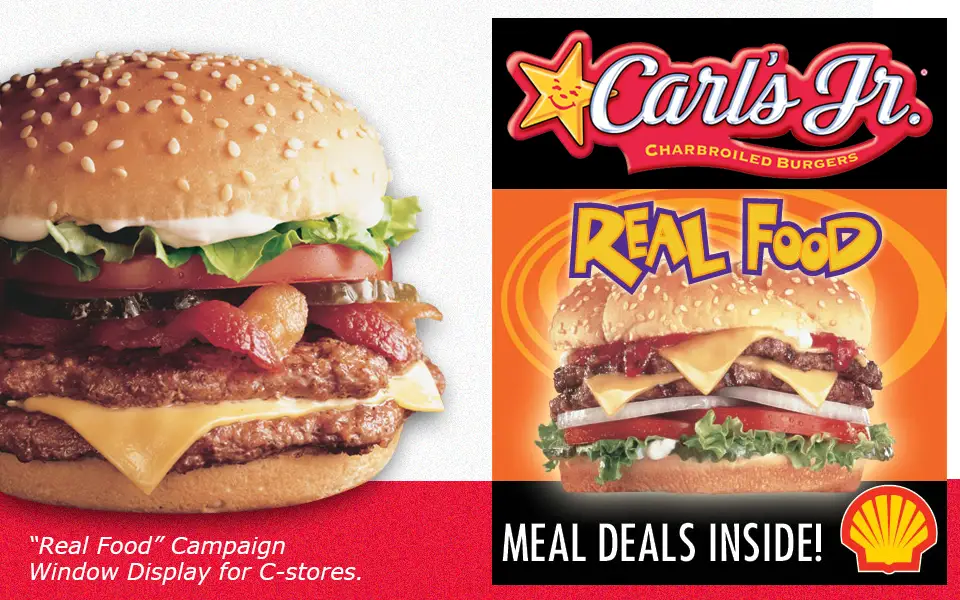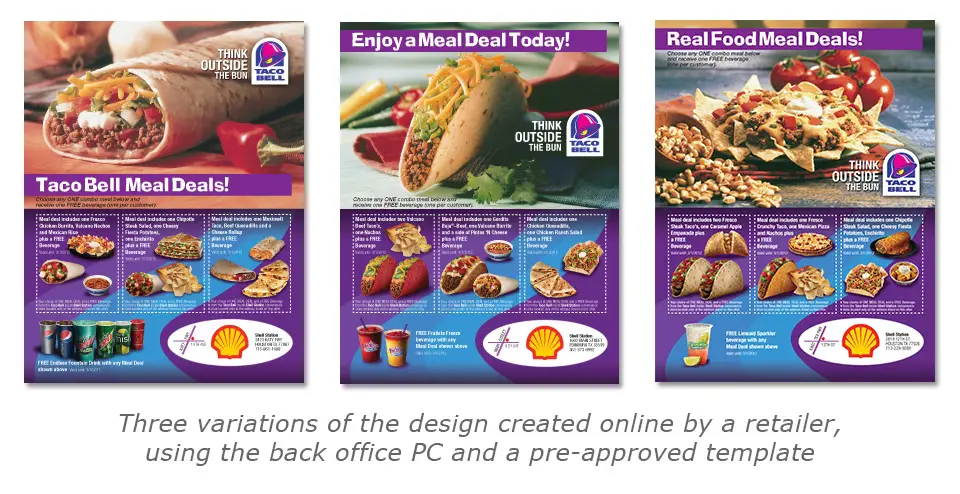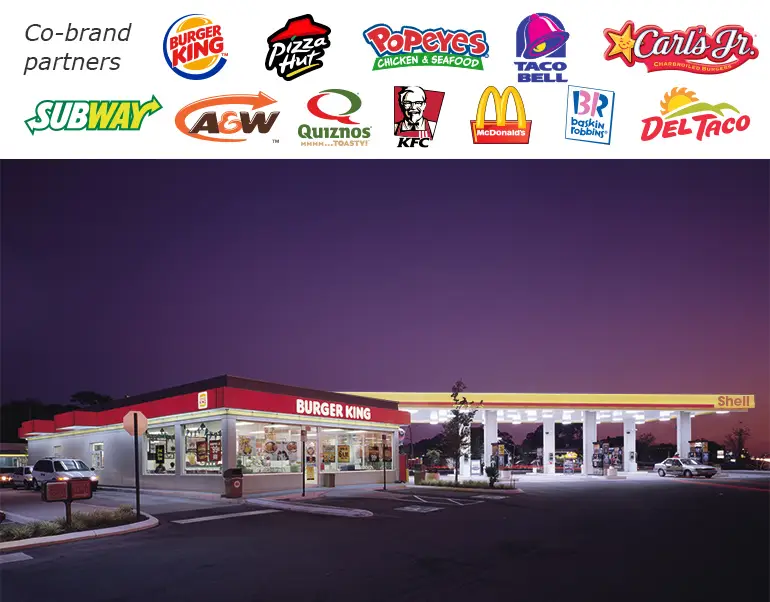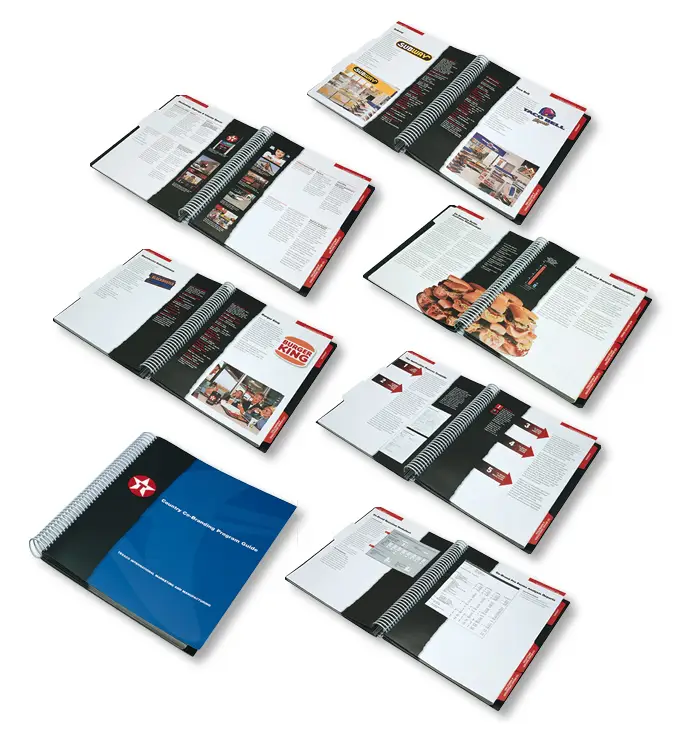Shell & Texaco Co-branding Assistance
Boosting Non-Fuel Revenue Streams
As the retail petroleum industry faced increasing competition, finding ways to drive non-fuel revenue became essential for maintaining profitability. This led to a surge of interest in co-branding with quick-service restaurants (QSRs) and casual dining brands. While these partnerships presented substantial profit opportunities, they also carried risks if pursued without a deep understanding of the co-branded QSR business model.
Objective
The co-branding assistance program aimed to:
- Explain the co-branding concept and its evolution.
- Outline support available from Texaco and Shell for retailers exploring co-branding opportunities.
- Provide site evaluation and analysis tools to guide retailers in selecting the right co-brand partners.
- Summarize key information about available co-brand partners.
- Act as a comprehensive resource for navigating the challenges of co-branded franchise operations, particularly in the fast-food sector.
Shell & Texaco Co-branding Assistance
Program Implementation
We designed a comprehensive Co-branding Assistance Guide, covering:
1. Understanding the Opportunity:
- Evolution and potential rewards of co-branding.
- Available franchising options and associated risks.
2. Co-branding Support Tools:
- Site evaluation reports and scorecards.
- Application submittal assistance and decision-making checklists.
- Pre-negotiated contracts with reduced franchise fees.
3. Partner Profiles & Insights:
- Franchise details: royalty fees, space/investment requirements, customer profiles, and average revenue/profit margins.
- Ongoing evaluation of additional co-brand partners and complementary programs like financing and leasing options.
4. Operational Fundamentals:
- Training materials on essential aspects such as signage, floor plans, labor management, food safety, advertising, customer service, and security.
- Guidance on food spoilage, portion control, theft prevention, and scheduling best practices.
Key Results
Digital Marketing Platform:
A digital system enabled retailers to design and execute localized promotions from their back-office PCs. Templates provided tools for creating mailers, flyers, and other materials for co-brand campaigns. Costs were reduced through gang-run printing and integrated distribution via Shell & Texaco’s commercial websites.Local Campaigns:
Customizable templates allowed retailers to produce promotions specific to their co-brand partners. Examples included direct mail campaigns with targeted mailing lists and hand-delivered marketing materials for nearby neighborhoods.Training Materials:
Comprehensive background materials equipped retailers with a thorough understanding of the co-branding program, making it easier to implement effectively.



U.S. Co-branding Version: A Foundation for Success
The Co-branding Assistance Guide fueled the rapid adoption of branded quick-service restaurants across the U.S. Designed for both marketing professionals and petroleum retailers, the guide became an indispensable resource for retailers considering a co-brand franchise.
The co-branding initiative demonstrated the power of well-structured partnerships to drive growth and profitability. By empowering Shell and Texaco retailers with strategic tools and operational guidance, this program enabled them to make informed decisions and establish sustainable co-branding ventures.
This approach not only strengthened individual retail locations but also solidified Shell and Texaco’s leadership in the competitive petroleum retail landscape.
U.S. VERSION
This co-branding guide spawned the explosion of branded quick service restaurants across the country. This comprehensive guide is designed for use by both marketing personnel and petroleum retailers. It’s a must-read for any retailer contemplating adding a co-brand franchise offering to their retail marketing mix.
INTERNATIONAL VERSION
After the release and proven success of the U.S. co-branding assistance and information guide, Texaco International commissioned me to create a similar guide for use by its subsidiaries. Since Texaco International had an advisory role and no direct operational responsibilities, the international version would need to include an additional component covering information that the local management in each country could use to establish its own co-branding assistance program. Applicable topics in the U. S. version were revised for international use and the following topics were added:



